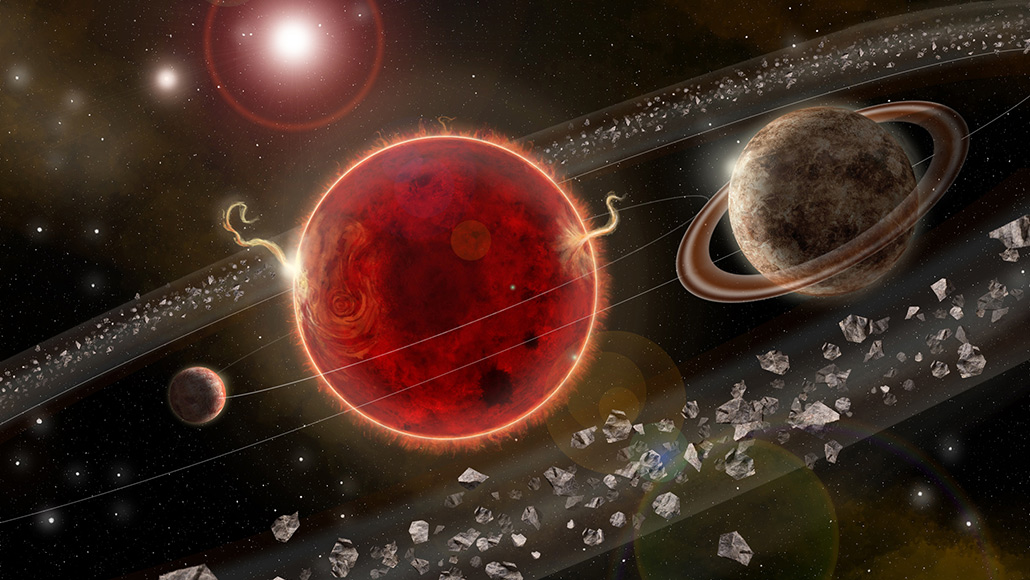A second planet may orbit Proxima Centauri
The star closest to the sun appears to host another world much colder than Earth

The star Proxima Centauri (illustrated) may host two planets — one confirmed, possibly habitable world (left), and another newly discovered potential planet (right) more massive than Earth.
Lorenzo Santinelli







